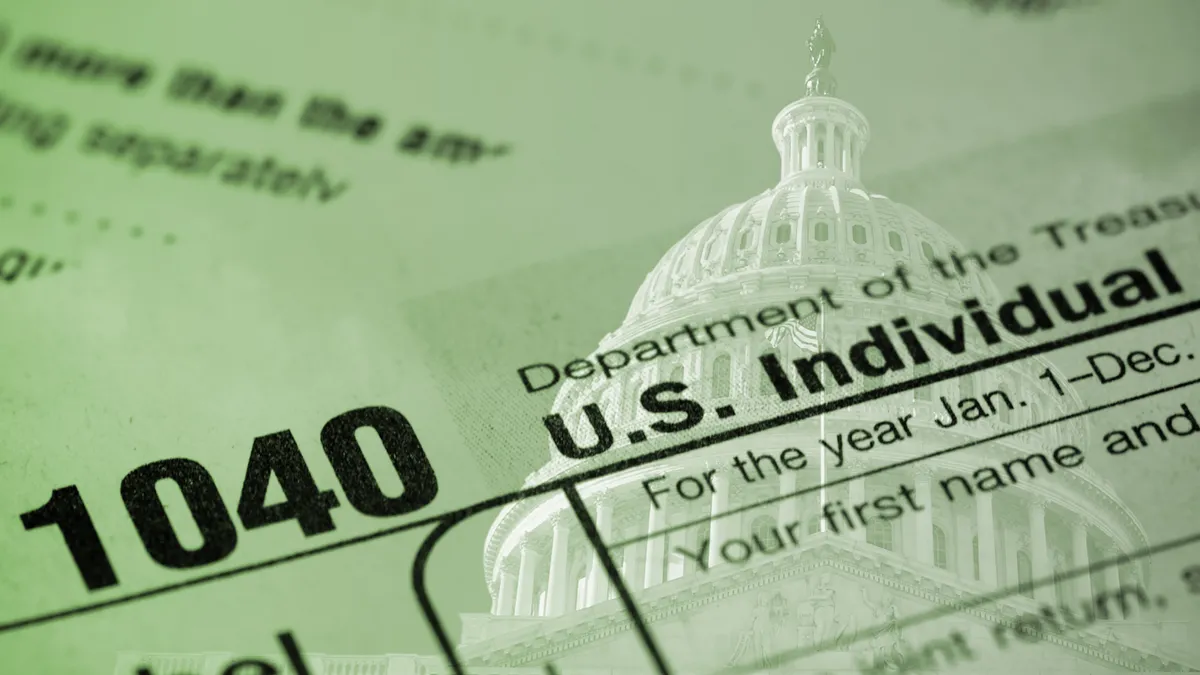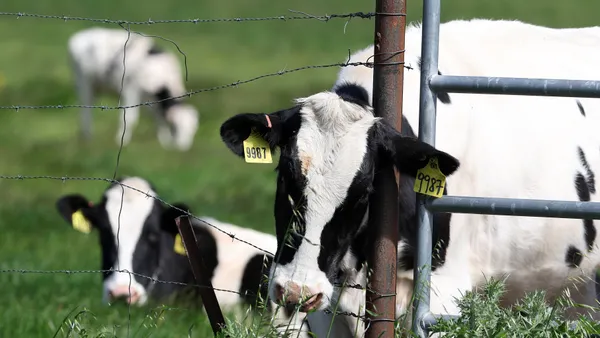Dive Brief:
- The IRS announced cost of living adjustments (COLAs) for pension and retirement plan contributions ahead of 2019, as detailed in Notice 2018-83. The maximum contribution for employees in 401(k), 403(b), most 457 plans and the federal government's Thrift Savings Plan increased from $18,500 to $19,000. Maximum annual contributions to a traditional Individual Retirement Accounts (IRA) increased from $5,500 to $6,000 — the first such increase since 2013.
- The income phase-out range for single persons and heads of household contributing to a Roth IRA also increased from $122,000 to $137,000 (up from $120,000 to $135,000). The same range for married couples filing jointly increased from $193,000 to $203,000 (up from $189,000 to $199,000).
- A married individual filing a separate return who contributes a Roth IRA isn't subject to a COLA and remains $0 to $10,000. The additional catch-up contribution limit for people ages 50 and over also is not subject to an annual COLA and remains $1,000.
Dive Insight:
It's yet another $500 increase to the annual employer contribution limit for many retirement accounts, following last year's increase to $18,500 from $18,000. The COLA comes at an important time in which employers are increasingly focused on financial wellness as a component of employee retention and recruiting.
Employees across generations aren't saving enough for retirement, let alone contributing as much as the tax code allows. According to a report from the National Institute on Retirement Security (NIRS), nearly 60% of workers have zero dollars in retirement account savings. By contrast, people who have money in an employer-sponsored 401(k) or an IRA have more than three times the annual income of those without retirement accounts.
There are other developments on the 401(k) front, including whether HR should encourage organizational auto-enrollment policies. A recent Willis Towers Watson found that while 73% of employers surveyed offered defined contribution plans like 401(k)s, 47% found those auto-enrollment policies too costly. Other research indicates that auto-enrollment may not be effective in changing employees' behavioral tendencies to accumulate debt.
Employers should see that workers enrolled in defined benefit plans, like pension plans, are aware of and understand the changes in contributions to their accounts. This year's COLAs don't benefit older workers trying to make catch-up contributions, but employers can still help these workers to be diligent about saving. Older generations of workers — baby boomers and Gen Xers — worry the most about financial security after retirement.
Outside of retirement plans, employers may also want to pay attention to recent IRS announcements regarding student loan repayment contributions. In an August private letter ruling, the agency approved one employer's decision to amend its 401(k) plan to make tax-free contributions to the retirement accounts of employees repaying their student loans. Employees need only be making student loan payments of at least 2% of their salary and do not need to be putting away money for retirement in order to qualify for the repayment benefit.













